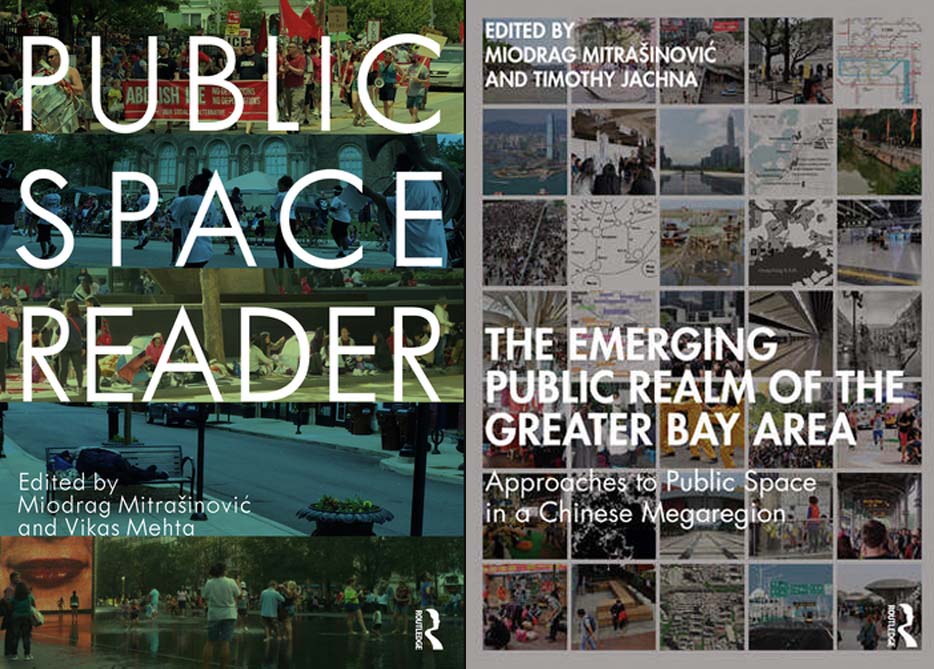
Miodrag Mitrašinović, Professor of Urbanism and Architecture, Publishes Two New Books Exploring Public Spaces and the Public Realm
Since the start of the Covid-19 pandemic more than 18 months ago, the role of public spaces has been more important than ever, even while those spaces have been transformed to address social distancing protocols and other coronavirus regulations. Public spaces also have the ability to reflect and express the public’s opinion of certain issues, as evidenced by protestors who gathered in public spaces around the world last summer to protest police brutality as well as strict Covid-19 measures.
Miodrag Mitrašinović, Professor of Urbanism and Architecture at Parsons, explores a variety of topics related to public spaces in two new books, both of which came out this year by Routledge.
“Public Space Reader,” which he co-edited with Vikas Mehta, highlights the role of public spaces in their ability to enable dissent and coalition building, while “Emerging Public Realm of the Greater Bay Area: Approaches to Public Space in a Chinese Megaregion,” which he co-edited with Timothy Jachna, focuses on the emergence of a new public realm in the most rapidly urbanizing region in the world, the Pearl River Delta in south China.
“The reason why public space has been such an important topic for me is its capacity to both produce and represent social and spatial forms of public encounter, and suggest forms of what I call ‘publicability,’” he explains. “We have seen at least since the Tahrir Square and the Zucotti Park protests and occupations, and more recently with massive protest over the murder of George Floyd and then COVID-19, is how important material sites of public encounter are for expressing the power of public opinion and the call to collective action.”
Mitrašinović hopes that readers with an existing interest in public space, urbanism, and planning and design take away valuable lessons from his books, and that readers of any background appreciate the critical insights exploring the ever evolving concept of “public good.”
“Both books argue that public space and public sphere are mutually dependent, and that there is no such a thing as a democratic public space in a society with a largely non-democratic public sphere: that principle, to a different degree, applies in any society,” he shares.
In true New School and Parsons manner, both books were published through a highly collaborative process, which is important to Mitrašinović because the issues related to urbanism and public spaces are so complex that no one person or discipline can tackle them alone.
As a professor in the MS Design and Urban Ecologies program, Mitrašinović’s research is driven by a design-led, justice-centered approach to urban transformation. The involvement of students in the MS program, who regularly work with external partners to design and implement proposals for critical urban change, was also integral to Mitrašinović’s work on both books.
“One of the strongest motivations for me in conducting research and publishing the results is to make the current research available to students,” he says. “Also, many of my students helped in producing both books as research assistants. Finally, each and every chapter of both books is discussed in classrooms and studios at The New School. For example, this semester I teach my graduate course Public Space Lab where I employ “Public Space Reader” to structure the learning process and the sequence of our discussions in the classroom.”